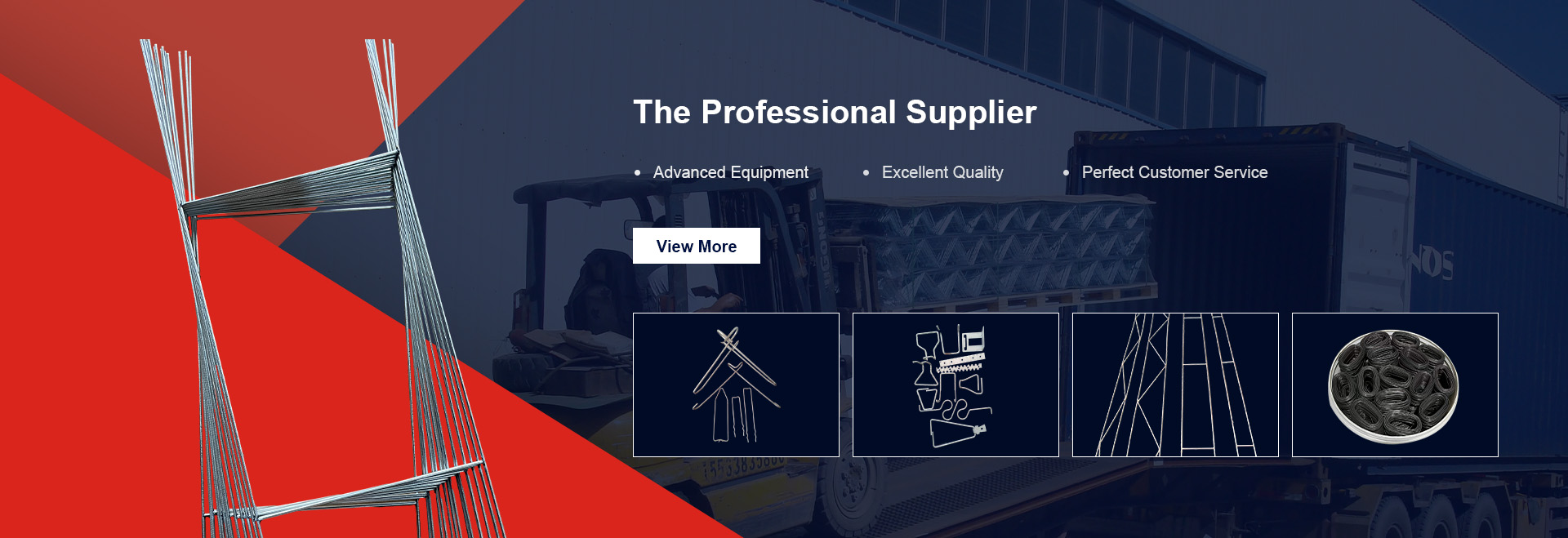
- Mobile Phone
- +8613931874955
- sales@cntcmetal.com
Exploring the Applications and Benefits of Round Wire Springs in Various Industries and Mechanisms
Understanding Round Wire Springs Applications and Design
Round wire springs are one of the most versatile and commonly used types of springs in various industries. Their design and functionality play a critical role in numerous applications, from automotive parts to household gadgets. This article explores the significance, design considerations, and applications of round wire springs.
What Are Round Wire Springs?
Round wire springs are coiled structures made from round wire, designed to exert a force when compressed or extended. These springs can be categorized into several types, including compression springs, extension springs, and torsion springs. Their simplicity in design and ease of fabrication make them a popular choice in engineering and manufacturing.
Design Considerations
When designing a round wire spring, several key factors must be considered
1. Material Selection The choice of material greatly affects the spring's performance, durability, and resistance to environmental factors. Common materials include stainless steel, carbon steel, and various alloys, each offering unique benefits such as corrosion resistance or high tensile strength.
2. Wire Diameter The diameter of the wire influences the spring’s rigidity, load capacity, and overall size. Thicker wires tend to create stronger springs that can handle higher loads, while thinner wires create more flexible springs useful for lighter applications.
3. Spring Diameter and Length The dimensions of the spring, including its outer diameter and free length, are crucial. These factors are determined by the intended application, as they dictate how the spring will sit within its housing or interact with other components.
4. Coil Count The number of coils impacts the spring's rate (the amount of force required to compress or extend the spring by a certain distance) and its behavior under load. Additional coils can provide more flexibility, but they may also reduce the spring's overall strength.
round wire springs

5. End Types The ends of the springs can be finished in different ways, such as plain, closed, or ground. The design of the ends plays a significant role in how the spring interacts with other components and can affect its performance.
Applications of Round Wire Springs
Round wire springs find applications across a multitude of industries due to their adaptability and reliability. Here are some notable applications
1. Automotive Industry Round wire springs are used in suspension systems, engines, and brakes. Their ability to absorb shocks and maintain performance under varying loads makes them essential.
2. Consumer Electronics In devices such as smartphones and laptops, round wire springs are used in hinges, buttons, and battery compartments, providing the necessary tension to ensure functionality and user satisfaction.
3. Industrial Machinery These springs are integral to various machinery, including conveyor systems, presses, and lifting devices. They help maintain balance and provide the necessary force for moving parts.
4. Medical Devices Round wire springs are also pivotal in the medical field, utilized in devices like syringes, implantable devices, and various diagnostic equipment, where precision and reliability are paramount.
5. Aerospace Applications In the aerospace sector, round wire springs are employed in a range of components, including landing gears and control systems, where durability and performance are critical.
Conclusion
Round wire springs are fundamental components in a broad spectrum of applications, thanks to their simple yet effective design. Understanding the factors that affect their performance is essential for engineers and designers to create high-quality springs tailored to specific needs. As technology continues to advance, the demand for innovative and efficient round wire springs is likely to grow, further solidifying their role in industrial and consumer applications.
share:
-
Your Source for Concrete Wall Ties and Masonry AccessoriesNewsJul.10,2025
-
Unlocking the Power of Iron Wire for Every ProjectNewsJul.10,2025
-
Explore Advanced Chain Wire and Stainless Steel Mesh FencingNewsJul.10,2025
-
Discover the Benefits of Annealed Wire ProductsNewsJul.10,2025
-
Discover China Stainless Steel Wire Mesh SolutionsNewsJul.10,2025
-
Build with Confidence Using High-Performance Masonry AccessoriesNewsJul.10,2025
-
Why Sacrificial Formwork Is Redefining Underground ConstructionNewsJun.06,2025



















